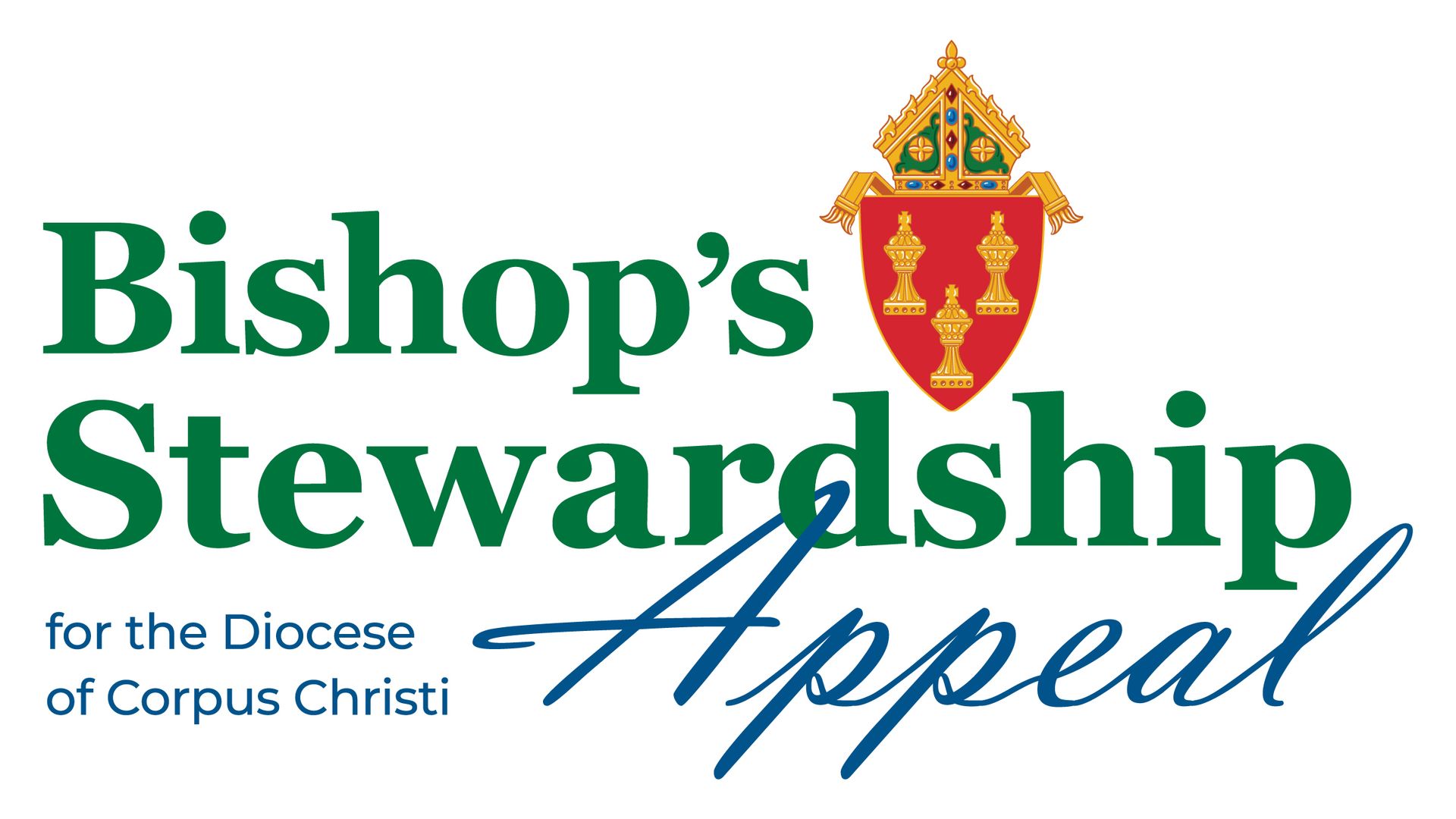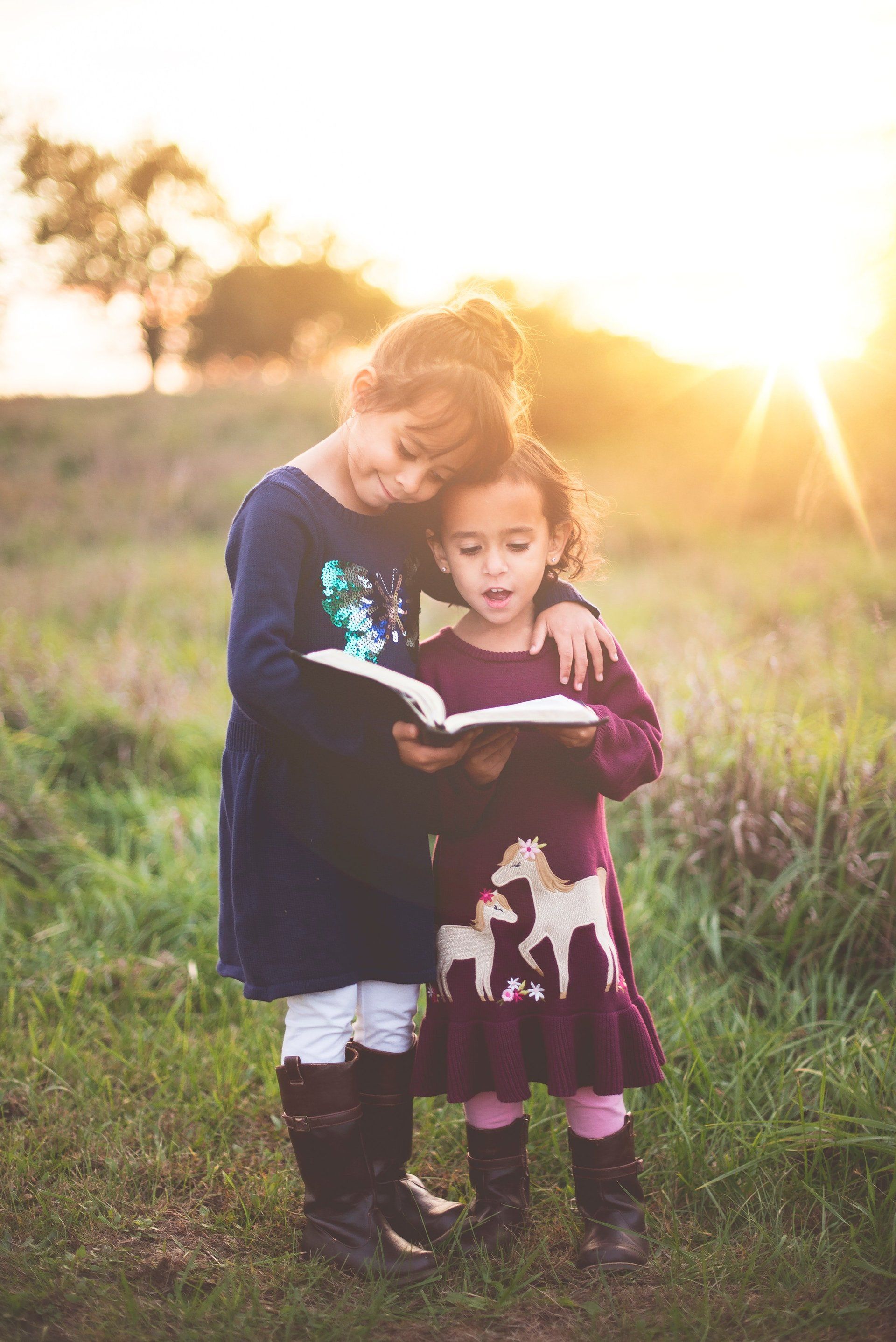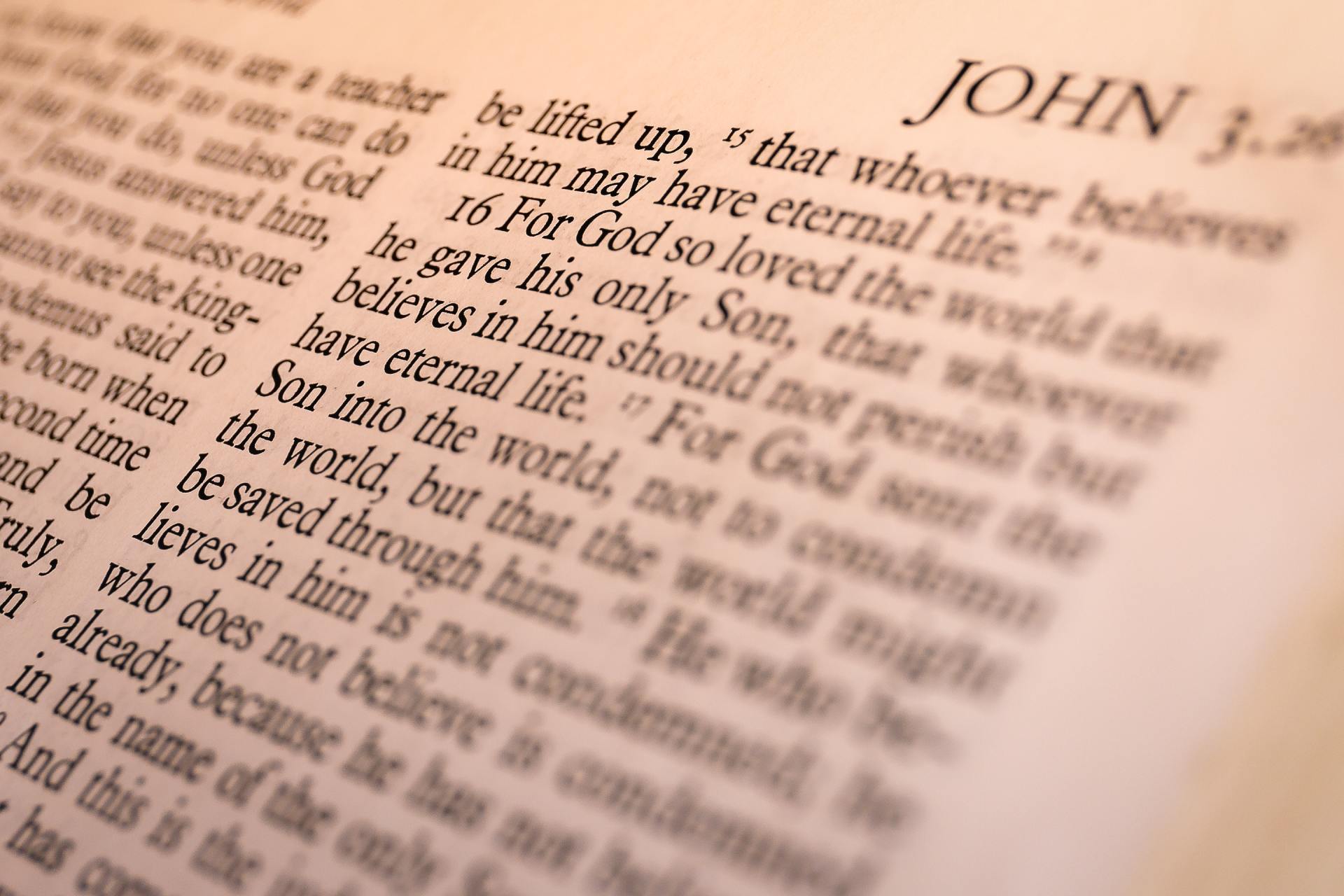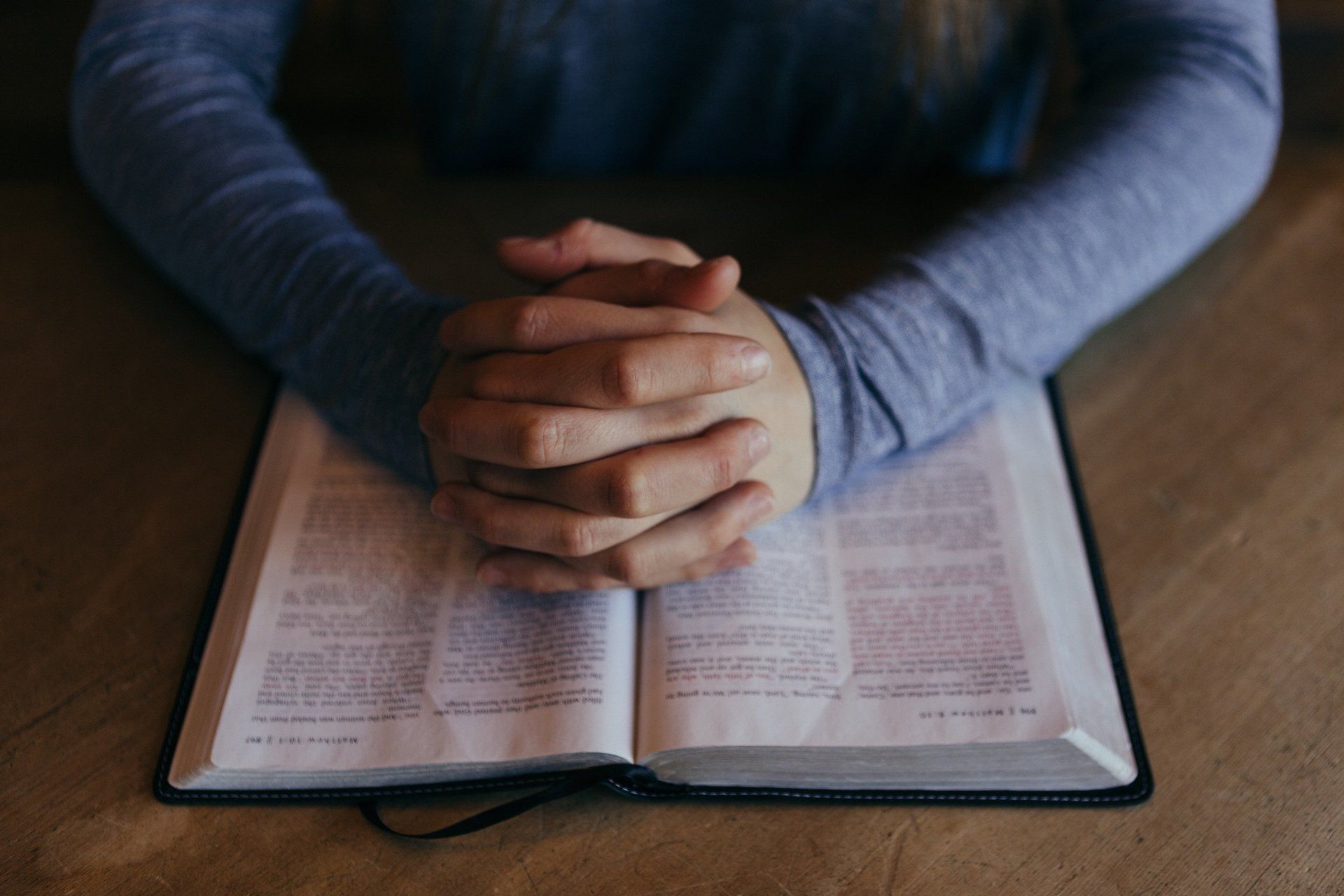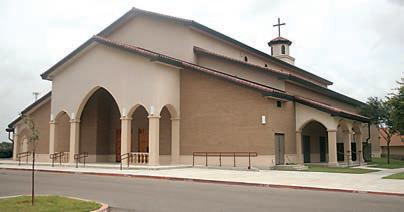
St. Thomas the Apostle Parish
and St. Patrick Mission
Welcomes You
Mass Times
St. Patrick Mission:
Saturday Vigil @ 4:00 p.m.
St. Thomas the Apostle:
Saturday Vigil @ 5:30 p.m.
Sunday Masses
@ 8:30 a.m. & 11:00 a.m.
Confession: By Appointment &
30 Minutes before Holy Mass
ST THOMAS the APOSTLE
WEEKDAY MASSES
MONDAY: No Mass
TUESDAY: 12:00 noon
WEDNESDAY: 12:00 noon
THURSDAY: 12:00 noon
(Holy Rosary 11:40 a.m.)
FRIDAY: 12:00 noon
(Divine Mercy 11:45 a.m.)
Parish Office Hours:
Monday, Wednesday, Friday 8:00 a.m. - 11:00 a.m.
Tuesday & Thursday 8:30 a.m. - 11:30 a.m. and 1:00 p.m. - 4:00 p.m.
Message from the desk of the Pastor:

God speaks to us in many ways, including through the Sunday Scripture readings.
The Sunday Connection from Loyola Press provides useful background and activities to better understand the upcoming Sunday's Scripture readings, helping you to connect the Scripture to daily life in a meaningful way.
THIRD SUNDAY OF EASTER
Sunday, May 4, 2025
Gospel Reading
John 21:1-19
Jesus appears to the disciples for a third time after his Resurrection
and shares a meal with them.
Background on the Gospel Reading
In Lectionary Cycle C, our Sunday Gospels are usually taken from the Gospel of Luke. The Gospels for the Easter Season, however, are taken from the Gospel of John. Today's Gospel is one of the post-Resurrection appearances reported by John. Recall that in John's Gospel, Jesus appears first to Mary of Magdala, second to all of the disciples except Thomas, and finally to Thomas and the disciples (which we heard last Sunday). After those appearances, John's Gospel seems to conclude with a reference to other signs that Jesus gave after his Resurrection, which have not been recorded.
Because it follows this apparent conclusion, most scholars believe today's Gospel passage (and all of John 21) to have been an addition to John's original text. Because there are significant differences between this report and the other appearances described in John's Gospel, it is quite likely that this story is from a different source. There are details in the story that recall Jesus' call to Simon Peter and the other fishermen as well as the miraculous catch of fish (found in the Gospel of Luke, with parallels in the other Synoptic Gospels). The end of the chapter, where Jesus asks Peter three times whether he loves him, most likely is meant to represent the reconciliation that occurred between the community represented by John's Gospel with the larger Christian community represented by Peter. This Gospel reading is a rich and textured story that speaks of Jesus' presence in the Eucharist and our commission to serve others as Jesus did.
Last week we heard that Jesus appeared to the gathered disciples in a locked room, probably in Jerusalem. In today's Gospel, the disciples are no longer in Jerusalem; they are in Galilee, returning to their work of fishing. Simon Peter is still presented in the role of leader: when he announces that he is going fishing, the other disciples follow. They spend the night fishing but are unsuccessful.
Jesus calls to them from the shore, but just as when Jesus first appeared to Mary of Magdala, the disciples do not recognize him immediately. Still, they follow the stranger's instructions and bring in a large haul of fish. It is at this point that one of the disciples (the “disciple whom Jesus loved”) realizes that Jesus is appearing to them. Upon hearing this news, Simon Peter leads the way again, jumping from the boat and swimming to shore. The other disciples follow in the boat, dragging the fish.
The disciples have brought to shore a tremendous catch of fish that Jesus has directed them to find. But once on the shore, they see that Jesus has already prepared fish and bread on a charcoal fire. Jesus directs the disciples to bring their catch of fish as well. Jesus is host at the meal that follows, feeding the disciples the bread and fish. In this detail we see allusions to the miracle of the multiplication of the loaves and the fishes told in John 6.
There are also allusions in the Gospel to our gathering for the celebration of the Mass. In the Eucharist, we too are fed by Jesus in the bread and wine that have become his very Body and Blood. We also find in this story insight about the Presentation of the Gifts at Mass. The gifts we bring to the altar, bread and wine, are made from gifts that God gave first to us: grain and grapes, the fruit of the earth. God has no need of anything further. Yet God accepts the offering we bring—bread and wine, “the work of human hands”—and transforms our offering into the gift of his very presence.
After the meal, Jesus directs himself to Simon Peter. The community of John's Gospel probably looked down on Peter because of his denial of Jesus. This dialogue with Simon Peter is a reversal of Peter's three denials. Peter is forgiven. Having been restored to friendship with Jesus, Simon Peter is sent on a mission. “Feed my lambs . . . Tend my sheep . . . Feed my sheep.” These commands indicate that Peter is to be as Jesus, even unto sacrificing for the flock. As Jesus has fed Peter in this meal and as Jesus feeds us in the Eucharist, so he also sends us to follow him, asking that we offer our lives in service and sacrifice.
Family Connection
Today's Gospel describes what we can easily imagine as a picnic on the beach. Just as Jesus' miracle at the wedding feast at Cana blesses the love between man and woman celebrated in the sacrament of marriage, Jesus' attentiveness to food and mealtimes raises the possibility that our meal gatherings can be sacred times. In families, the domestic church, our meals together are everyday opportunities to gather and recall Jesus' presence with us. As in the Eucharist, we bring the gifts that God has given us, which have been prepared especially for our Mass, and at our family meals we share gifts that God has given to us and that we have worked together to prepare. This includes the food on the table and also the people who gather around the table. We ask God to bless these gifts and to be present among us in all of our interactions.
Consider a recent family meal: What food was served? Where did the food come from? Who prepared the food? Who served the food? Was mealtime a happy time? Why or why not? Observe that today's Gospel tells about a meal that Jesus shared with his disciples after his Resurrection. Read aloud today's Gospel, John 21:1-14. Reflect on the Gospel reading using the questions above. Talk about ways in which this meal that Jesus shared with his disciples might remind us of the meal we share at the Eucharist. You might choose to plan a special meal together as a family, encouraging each person to participate in the meal preparation. Pray together that Jesus will make his loving presence known in your family life. Pray together the Lord's Prayer.
-
Ministries
ButtonSpreading faith and love


